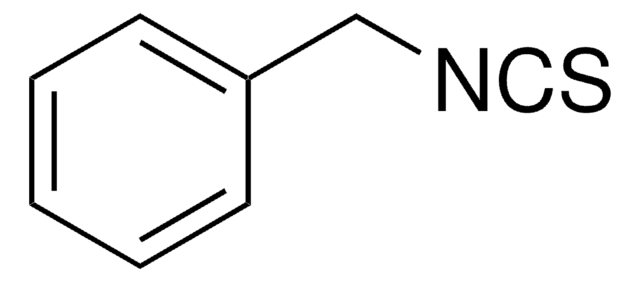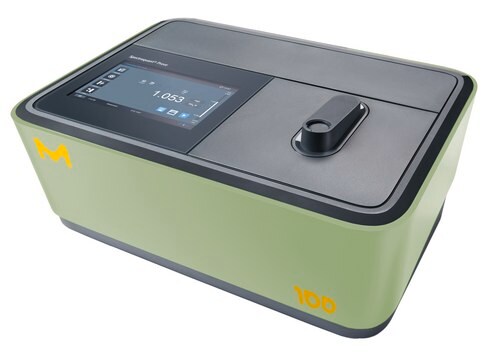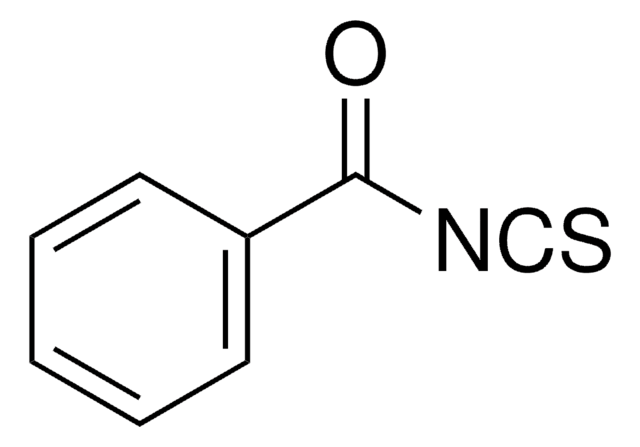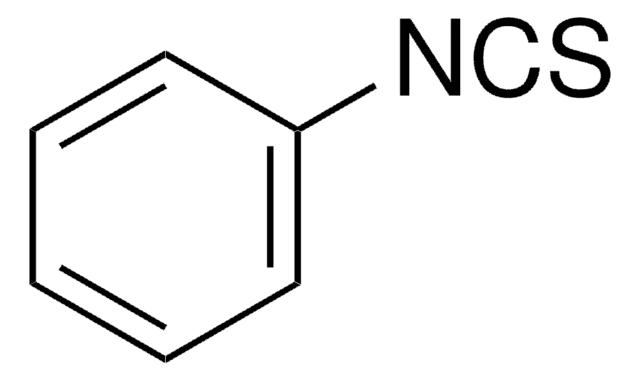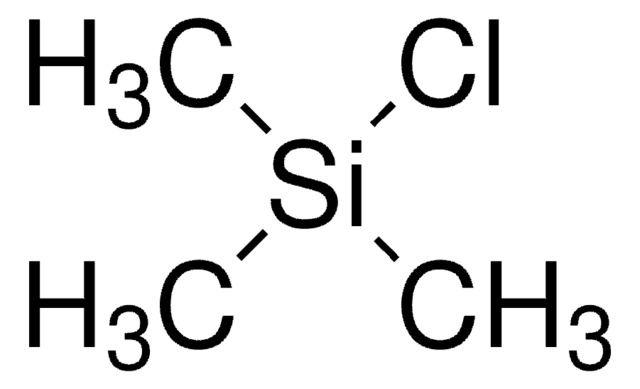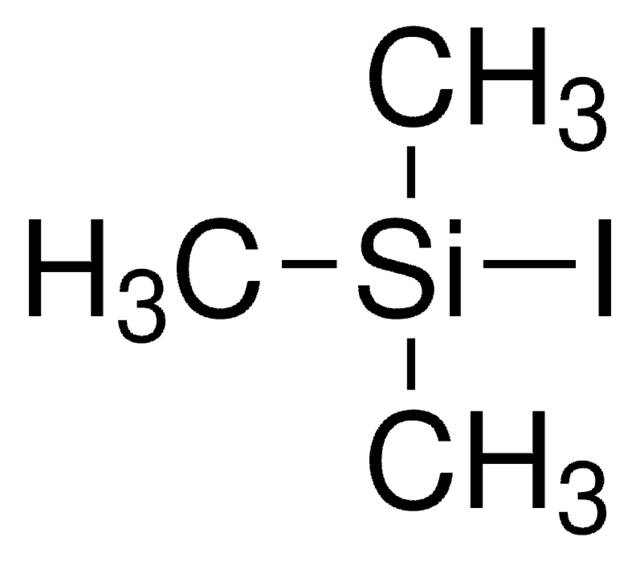13929
Benzyl thiocyanate
≥95.0% (GC)
Synonyme(s) :
Benzyl rhodanide
About This Item
Produits recommandés
Niveau de qualité
Pureté
≥95.0% (GC)
Forme
solid
Point d'ébullition
230-235 °C (lit.)
Pf
39-41 °C (lit.)
39-41 °C
Solubilité
diethyl ether: soluble 0.5 g/10 mL, clear to very faintly turbid, colorless to almost colorless
Groupe fonctionnel
phenyl
thiocyanate
thioether
Température de stockage
2-8°C
Chaîne SMILES
N#CSCc1ccccc1
InChI
1S/C8H7NS/c9-7-10-6-8-4-2-1-3-5-8/h1-5H,6H2
Clé InChI
ABNDFSOIUFLJAH-UHFFFAOYSA-N
Vous recherchez des produits similaires ? Visite Guide de comparaison des produits
Description générale
Application
Mention d'avertissement
Warning
Mentions de danger
Conseils de prudence
Classification des risques
Acute Tox. 4 Dermal - Acute Tox. 4 Inhalation - Acute Tox. 4 Oral - Aquatic Chronic 3
Risques supp
Code de la classe de stockage
8A - Combustible corrosive hazardous materials
Classe de danger pour l'eau (WGK)
WGK 3
Point d'éclair (°F)
230.0 °F
Point d'éclair (°C)
110 °C
Équipement de protection individuelle
dust mask type N95 (US), Eyeshields, Gloves
Faites votre choix parmi les versions les plus récentes :
Déjà en possession de ce produit ?
Retrouvez la documentation relative aux produits que vous avez récemment achetés dans la Bibliothèque de documents.
Notre équipe de scientifiques dispose d'une expérience dans tous les secteurs de la recherche, notamment en sciences de la vie, science des matériaux, synthèse chimique, chromatographie, analyse et dans de nombreux autres domaines..
Contacter notre Service technique